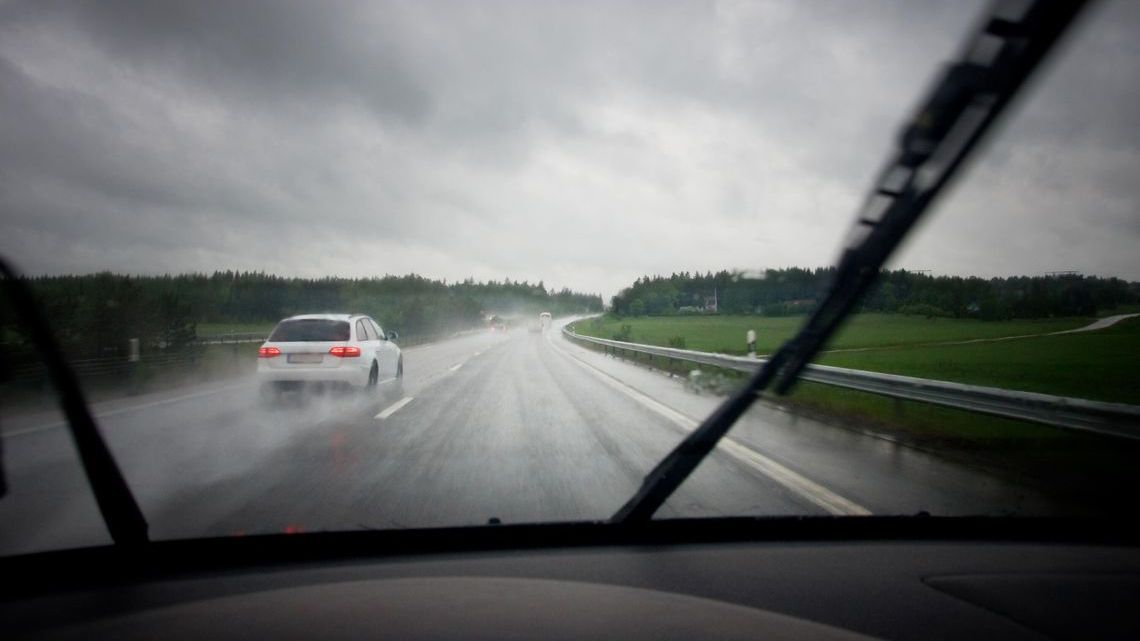What is aquaplaning or hydroplaning?
It is the separation between the surface of the tyre and the road created by a layer of water.
This happens gradually in case of heavy rain if you increase the speed of the vehicle or if the amount of water increases on the road.
But the conditions for aquaplaning involving the total loss of control of the vehicle only concern 1% of cases on the road and only 0.1% of accidents.
It happens when all four tyres lose grip with the road, totally and simultaneously.
It is a very rare occurrence because, in most of the cases, only a part of the tyre loses contact with the road surface.
When you drive in a puddle of water, it may happen that you feel a strain on the affected tyre(s). This force creates an asymmetry, but in this case the contact of the tyres remains, at least partially, with the road surface.
How to avoid or reduce aquaplaning when you are driving in the rain?
Here are the important things you should do to avoid aquaplaning :
① Check your tyre pressure regularly
To prevent an aquaplaning situation, it is recommended to check your tyre pressure once a month.
Adjusting the pressure according to the manufacturer's recommendations reduces the risk of losing control of the vehicle, especially on wet ground.
② Adapt your speed to the road conditions
If a hard rain occurs, it reduces your visibility and increases braking distances, which is why it is always safer to slow down. Decreasing your speed in such circumstances will also reduce the risk of total aquaplaning (all four tyres losing grip).
③ Switch off the cruise control mode
If your cruise control is on, turn it off to regain manual control of the vehicle.
④ Look as far as possible
By looking far ahead, you can anticipate any large puddles on the side of the road that could cause aquaplaning.

What should you do if aquaplaning occurs?
Don't panic!
It can be impressive to see a large puddle in front of you, but it is essential not to react abruptly, for example by suddenly changing lanes.
Do not turn the steering wheel : keep it as straight as possible
Let the vehicle cross the puddle
Slowly decelerate until your car regains traction.
What should you do if aquaplaning causes the vehicle to skid?
If your vehicle is front-wheel drive:
Decelerate and, if necessary, steer in the opposite direction of the skid.
If your vehicle is rear-wheel drive:
Accelerate and, if necessary, steer in the opposite direction of the skid.
If your vehicle is four-wheel drive:
Steer in the direction of the skid. After regaining traction, steer the other way.
How a tire adhere to a wet surface? | Michelin
Why MICHELIN tyres help you avoid aquaplaning?
A number of MICHELIN tyres use technologies known as Evergrip.
These technologies make it possible to maintain a very high grip potential on wet roads, from the beginning to the end of the tyre's life, that is to say until the legal tyre wear indicator. With this technology, the tyre evacuates sufficient water in extreme conditions of rain.
MASTER FILM 3 GB
MICHELIN tyres are all designed so that grip performance is maintained at a very high level until the end of the tyre's life.


